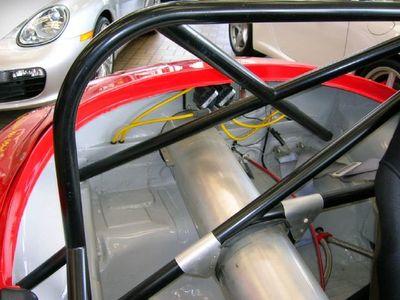Stan Galat, '05 IM, 2276, Nowhere, USA posted:ALB posted:What the heck?
If you are referring to Jim's 1/2" MPT x 1/8" barbed fitting, I agree-- "what the heck?"
If you are referring to Ron's stand-off, I can tell you that this little thing makes more difference than all the what-not we talk about regarding holes, airflow through the engine compartments, etc. I have no idea why it works, but it does.
I was commenting on Jim's situation, Stan.



